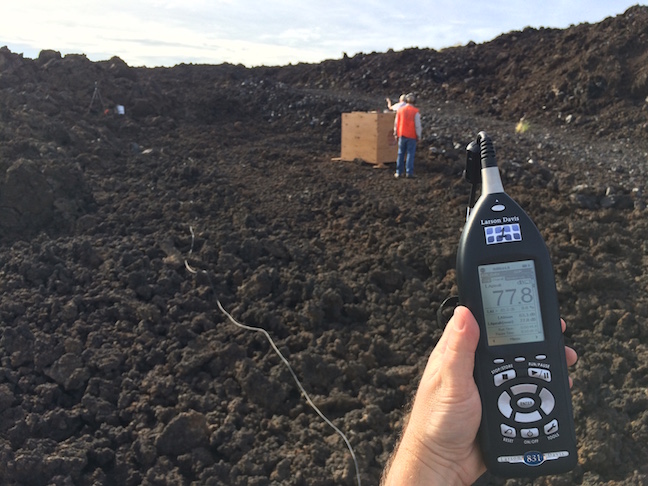Octave band sound levels provide the sound at each frequency, but how then can dBA be calculated from the octave band sound values in dB?
It’s a common question for Todd Beiler, acoustical engineer at CENSEO AV+Acoustics. The answer to the question is yes; dBA can be determined from octave band sound levels n dB with the use of A-weighting.
Frequency Weighting
The average human ear can hear sounds from 20Hz to 20kHz. Sound meters can adjust instrument readings to demonstrate noise measurements as interpreted by the human ear. This is done through Frequency Weightings including A, C, and Z.
A-Weighting
‘A’ Frequency Weighting is a standard noise measurement filter for audible frequencies as perceived by the human ear and is commonly used in environmental noise measurements and assessments. Adjusting octave band sound levels with A-weighting after measurement data is collected allows data to convert from dB to dBA or vice versa.
| FREQUENCY (Hz) | 31.5 | 63 | 125 | 250 | 500 | 1kHz | 2kHz | 4kHz | 8kHz | 16kHz |
| A-WEIGHTING CORRECTION (dB) | -39.4 | -26.2 | -16.1 | -8.6 | -3.2 | 0 | 1.2 | 1 | -1.1 | -6.6 |
Frequencies with A-weighting are indicated with dB(A) to communicate that LAeq, LAFmax, LAE, etc have been changed to A-weighted data.
For an example calculation using A-weighting, see Tingay’s article, “Calculate dBA from Octave Band Sound Levels”.
If you are interested in learning more about sound test and measurement or just enjoy talking acoustics, contact our acoustical consultants at CENSEO AV+Acoustics.
Photo & Source: cirrusresearch.co.uk

